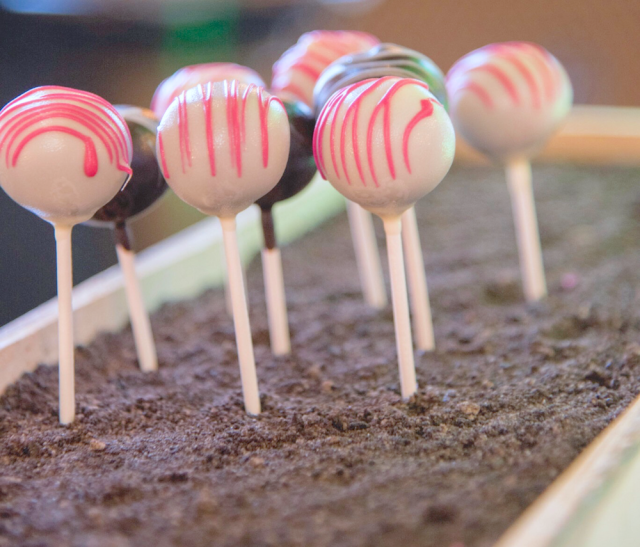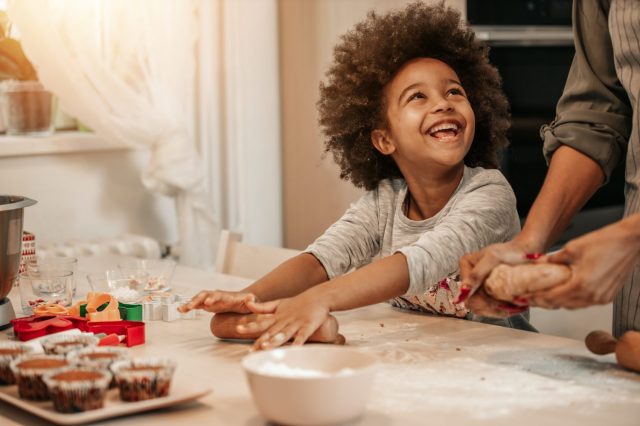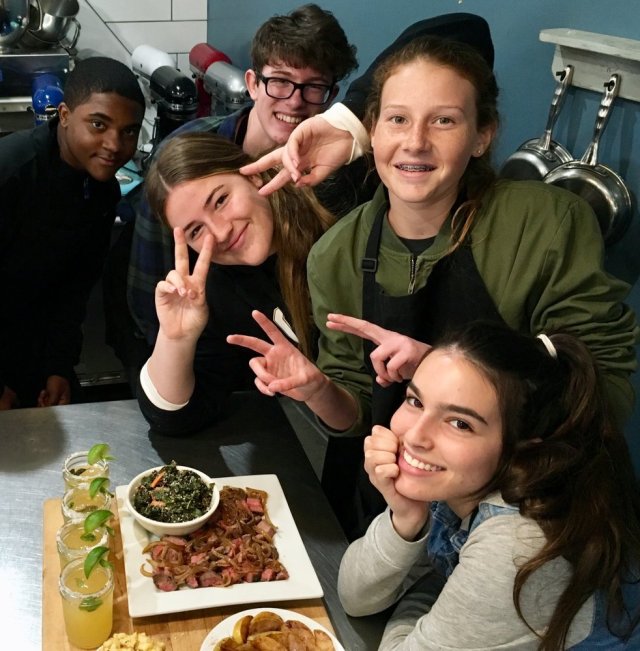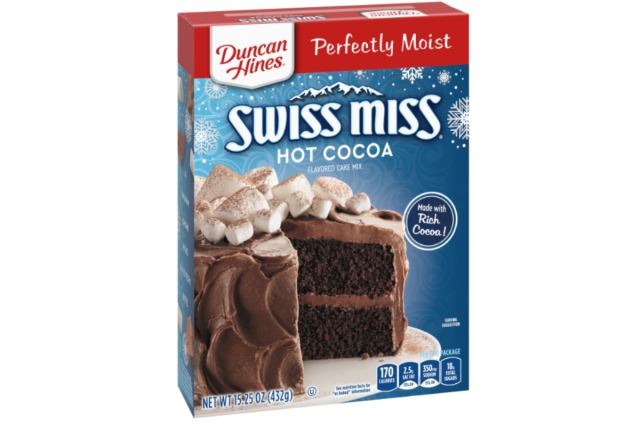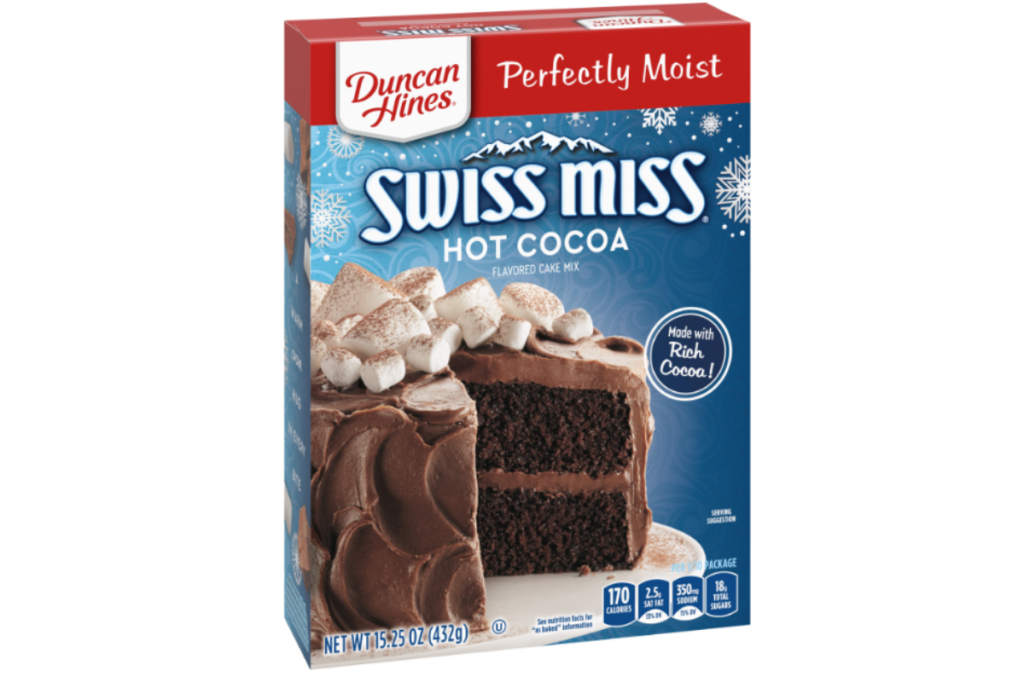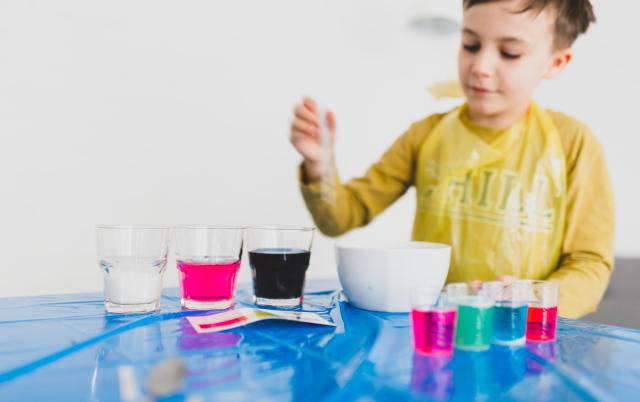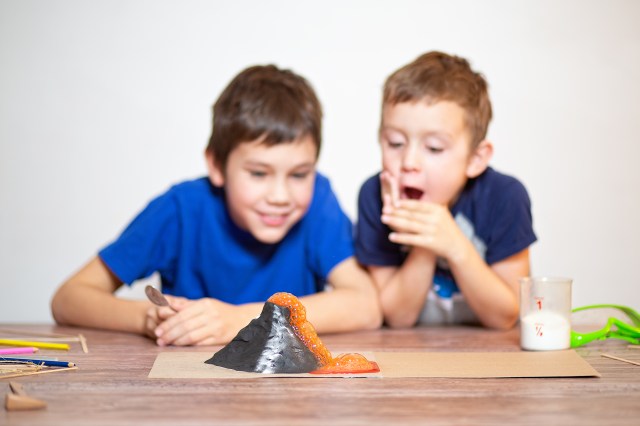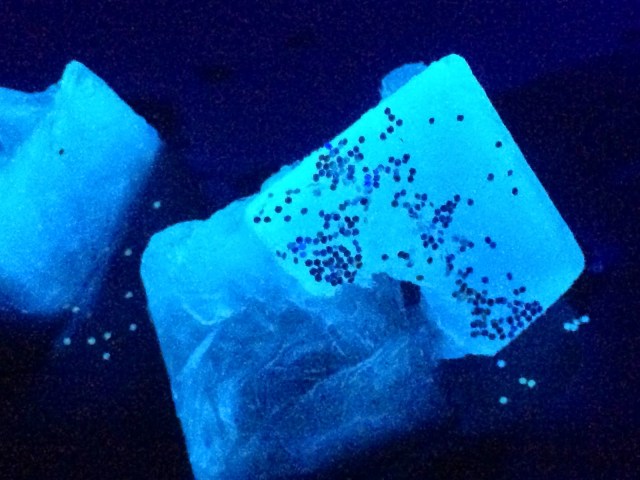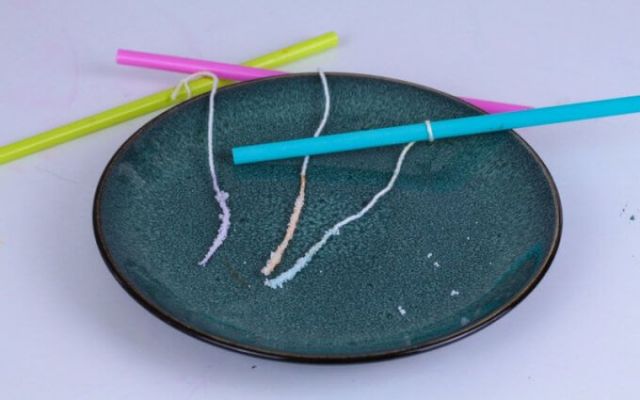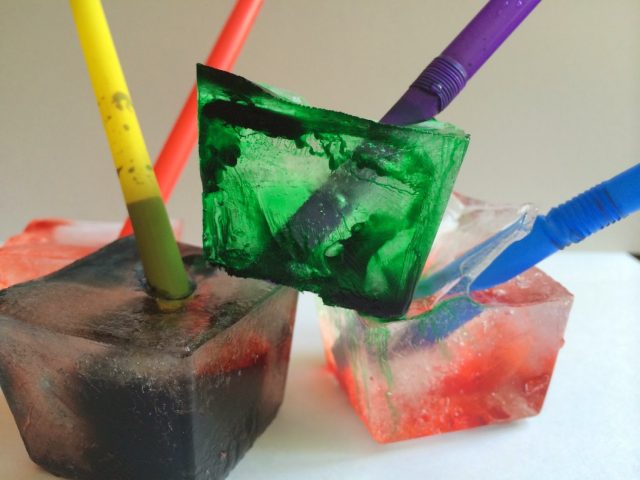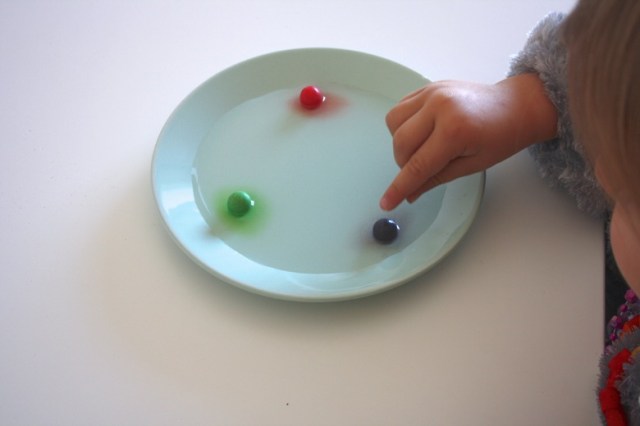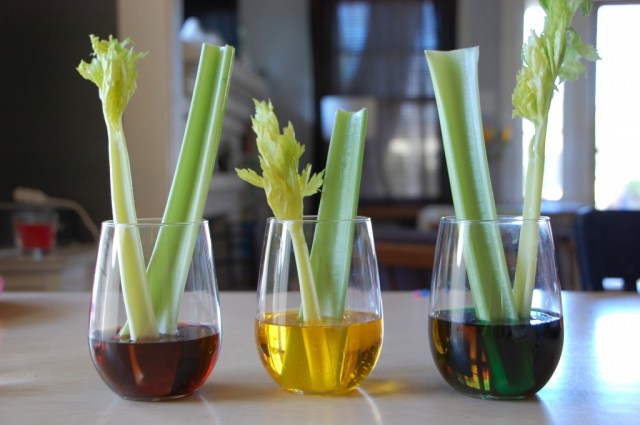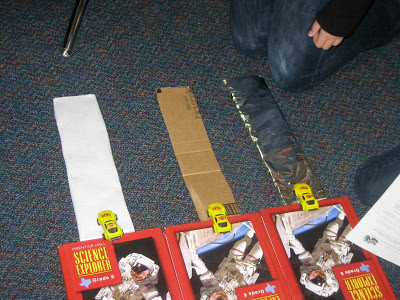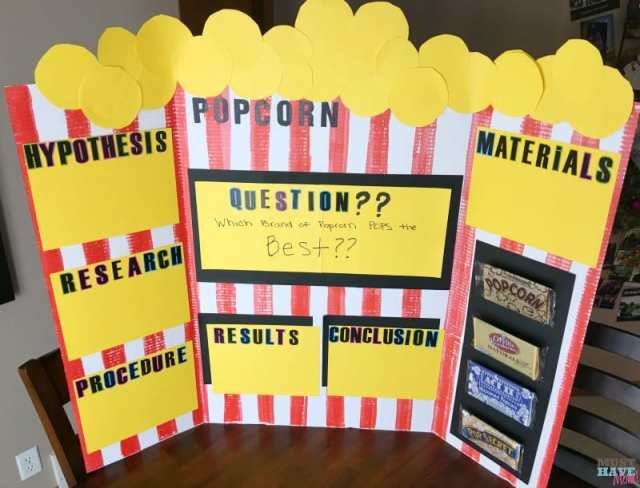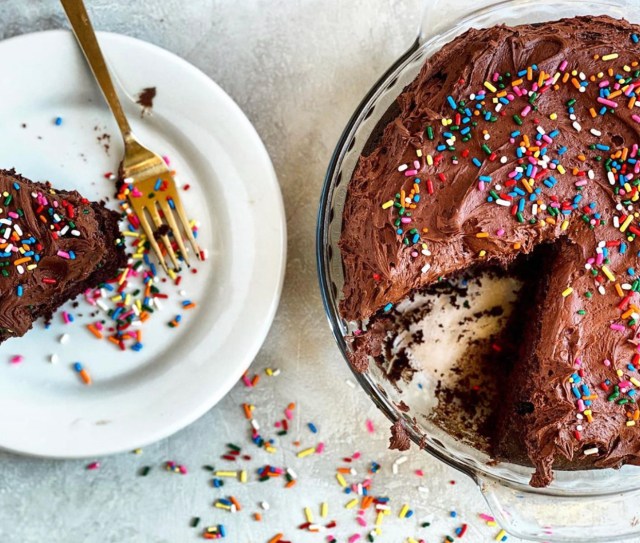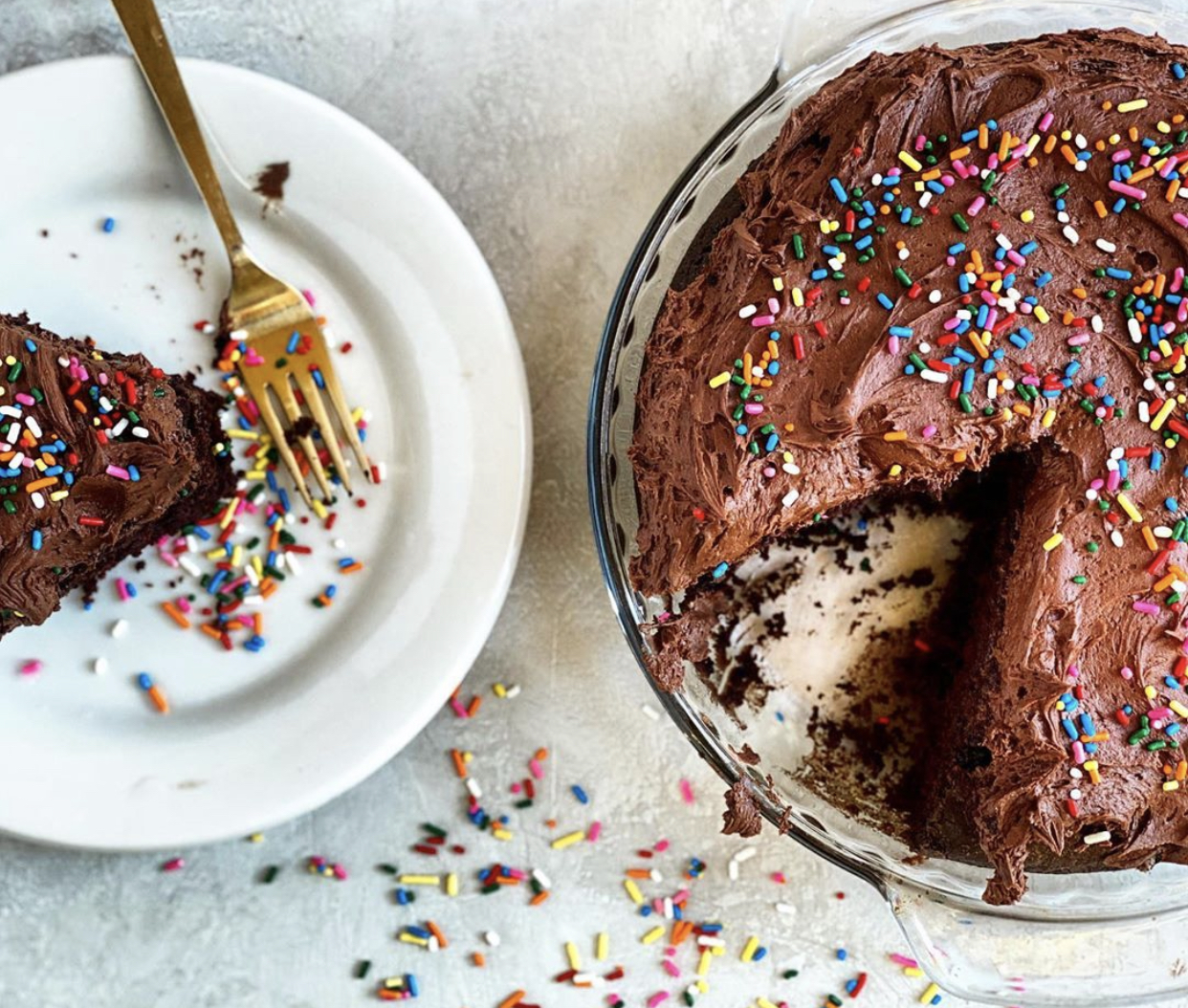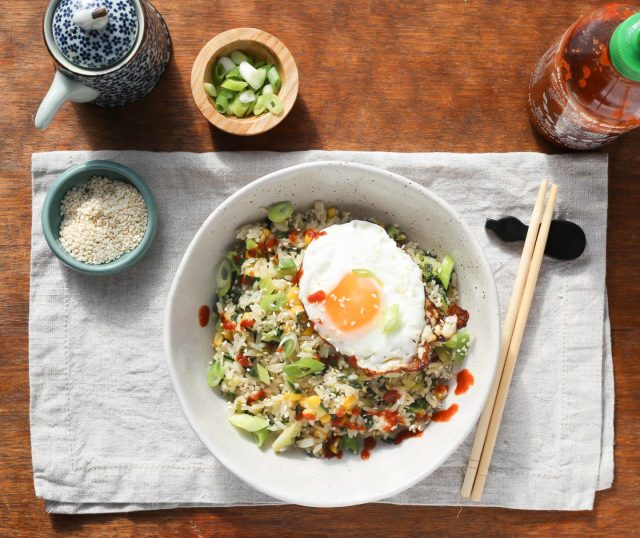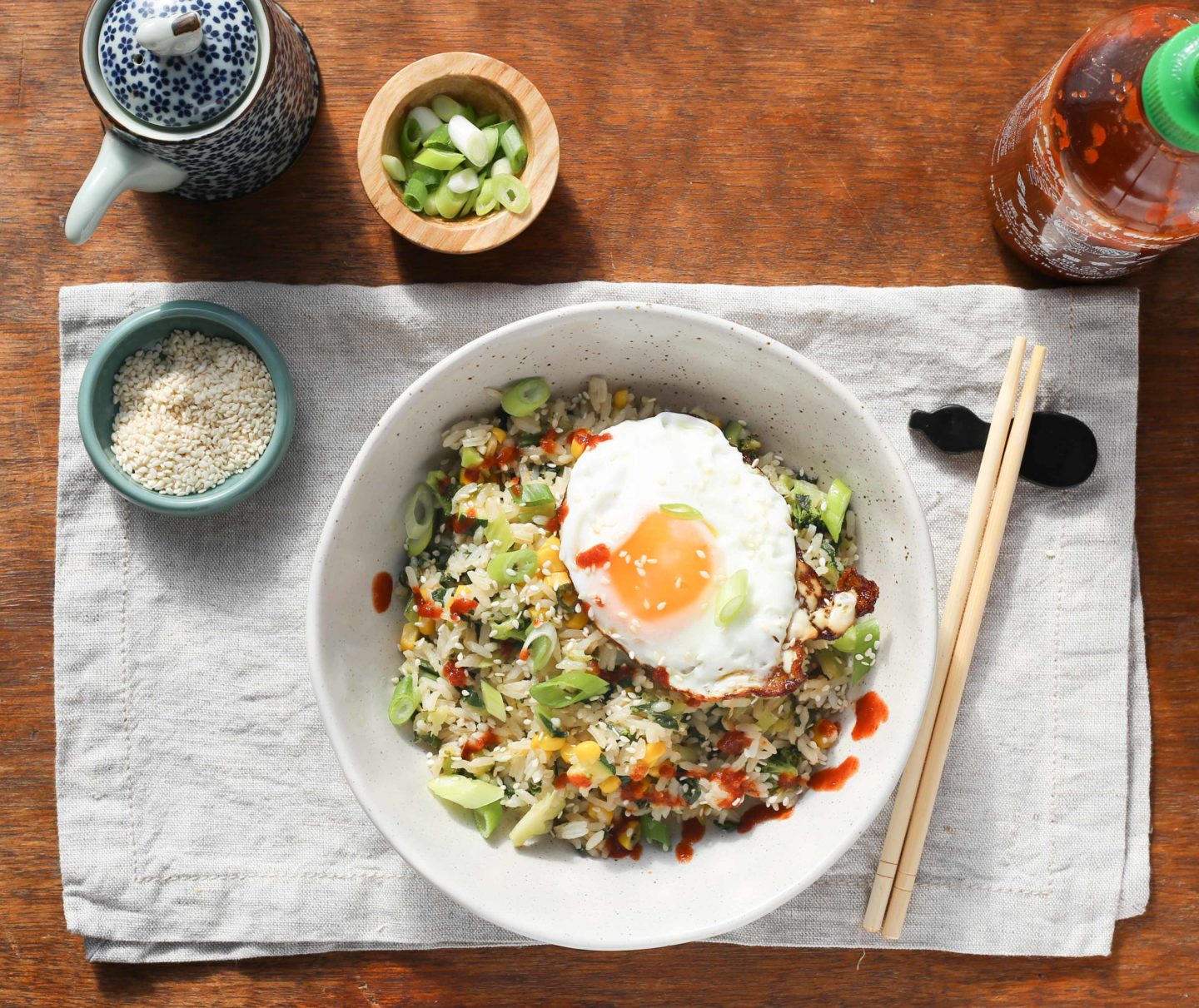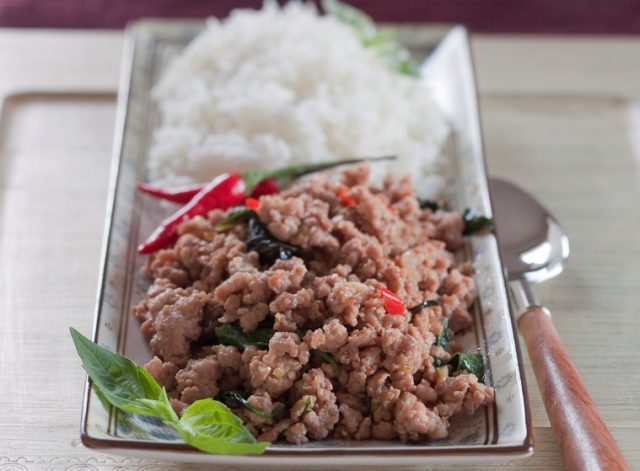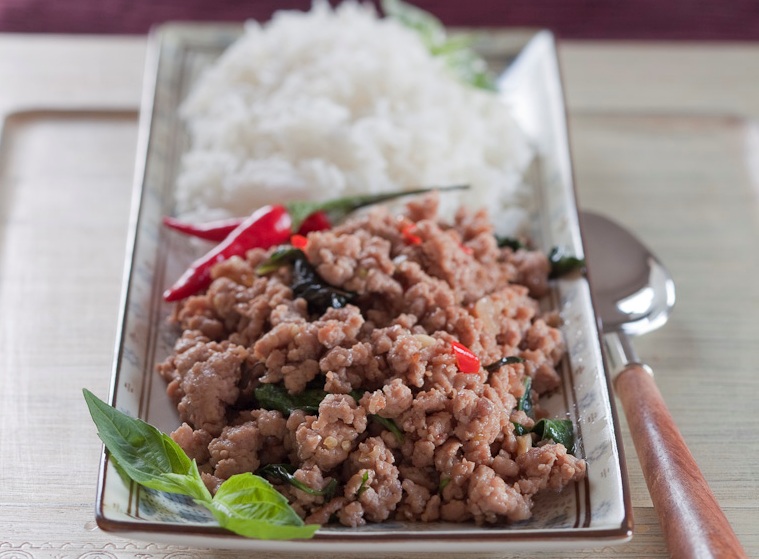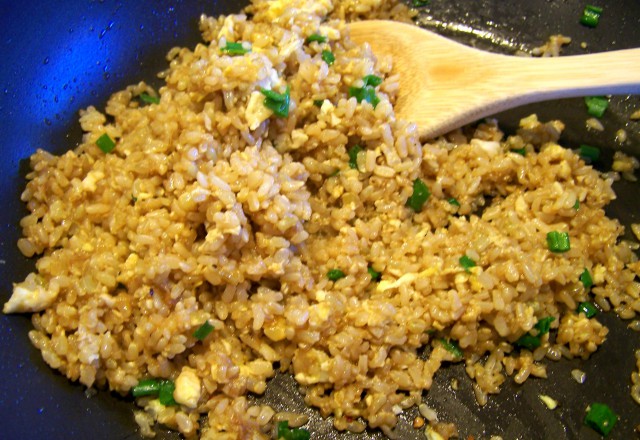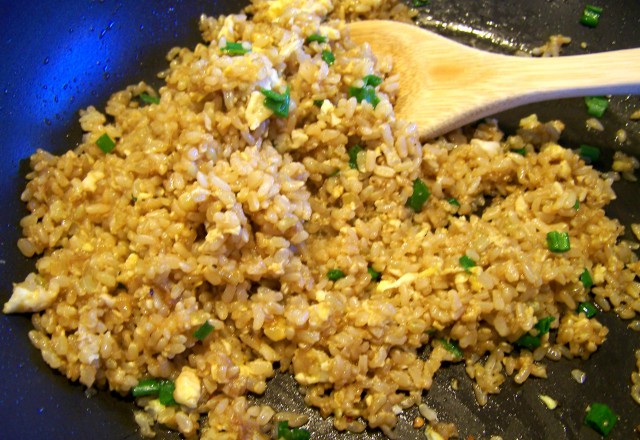Did you know the first-ever brownie recipe came from right here in Chicago? Yep, it did! This iconic dessert was created at the Palmer House in Chicago. In celebration of Palmer House’s 150th, we’re sharing the recipe so you can celebrate this milestone at home. As a bonus, we’re throwing in Hilton Chicago’s guest-favorite Signature Carrot Cake Pop recipe. Read on for the recipes and a little Chicago brownie history lesson to share with the kids.
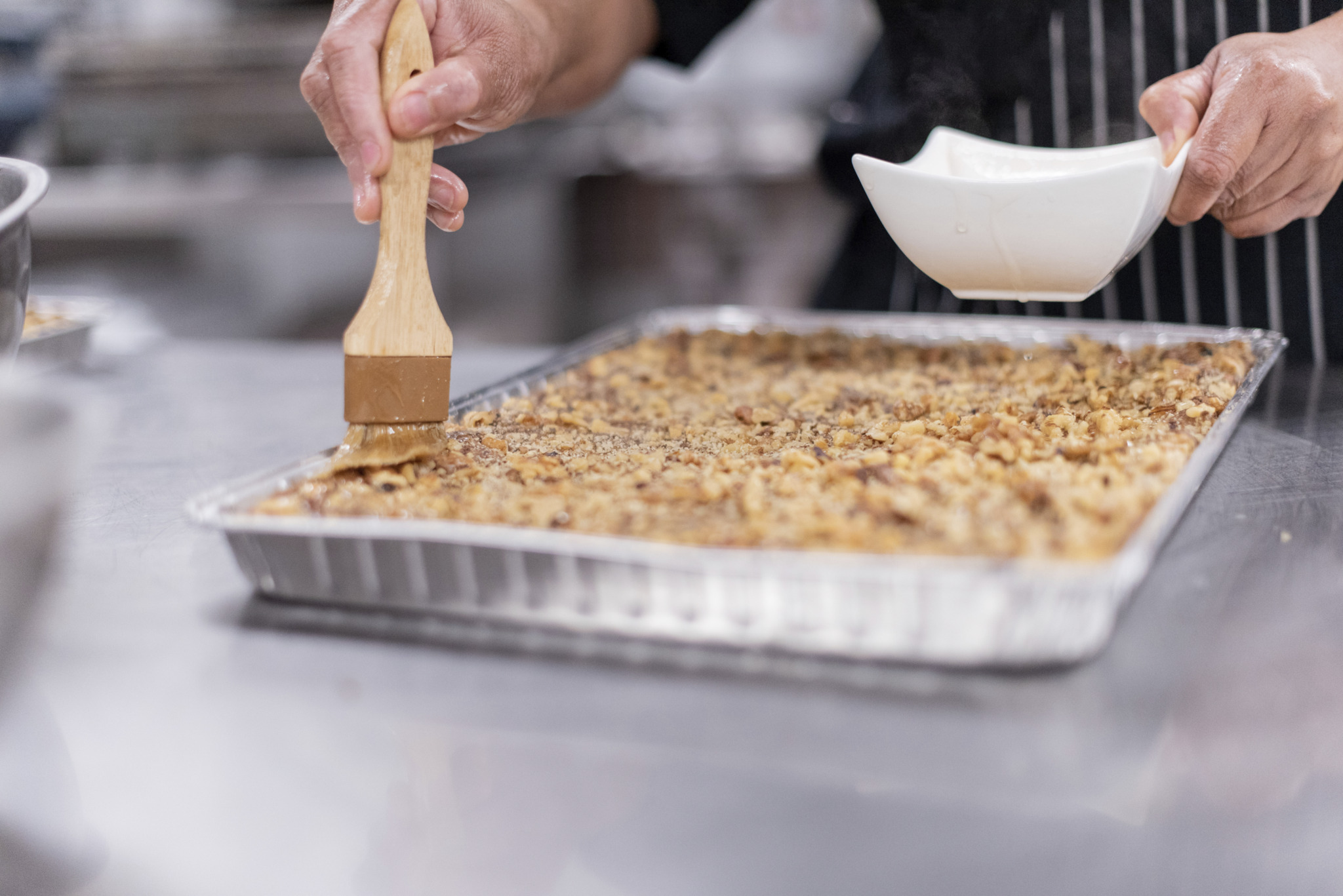
Palmer House Hilton Brownie
The first reference to the “brownie” in America appears in the Sears Roebuck Catalog published in Chicago in 1898. Specifically at the direction of Bertha Palmer to be served at the Columbian Exposition World’s Fair in 1893, the brownie was created in the Palmer House Kitchen in the late 19th century. The recipe below is well over a century old, and is the exact same one used for the brownie served in the Palmer House Hilton today! It remains one of the hotel’s most popular confections.
Ingredients:
14 oz semi-sweet chocolate
1 lb butter
12 oz granulated sugar
4 oz flour
8 eggs
12 oz crushed walnuts
1 tbsp vanilla extract
Directions:
1. Preheat oven to 300 degrees.
2. Melt chocolate and butter in a double boiler. Mix the sugar and flour together in a bowl. Combine chocolate and flour mixtures. Stir 4 to 5 minutes. Add eggs and vanilla and continue mixing.
3. Pour mixture into a 9×12 baking sheet. Sprinkle walnuts on top, pressing down slightly into the mixture with your hand. Bake 30-40 minutes.
4. Brownies are done when the edges begin to crisp and has risen about 1/4 of an inch.
Note: When the brownie is properly baked, it will remain “gooey” with a toothpick in the middle due to the richness of the mixture.
Glaze: Mix together 1 c. water, 1 c. apricot preserves, and 1 tsp. unflavored gelatin in saucepan. Mix thoroughly and bring to a boil for two minutes. Brush hot glaze on brownies while still warm.
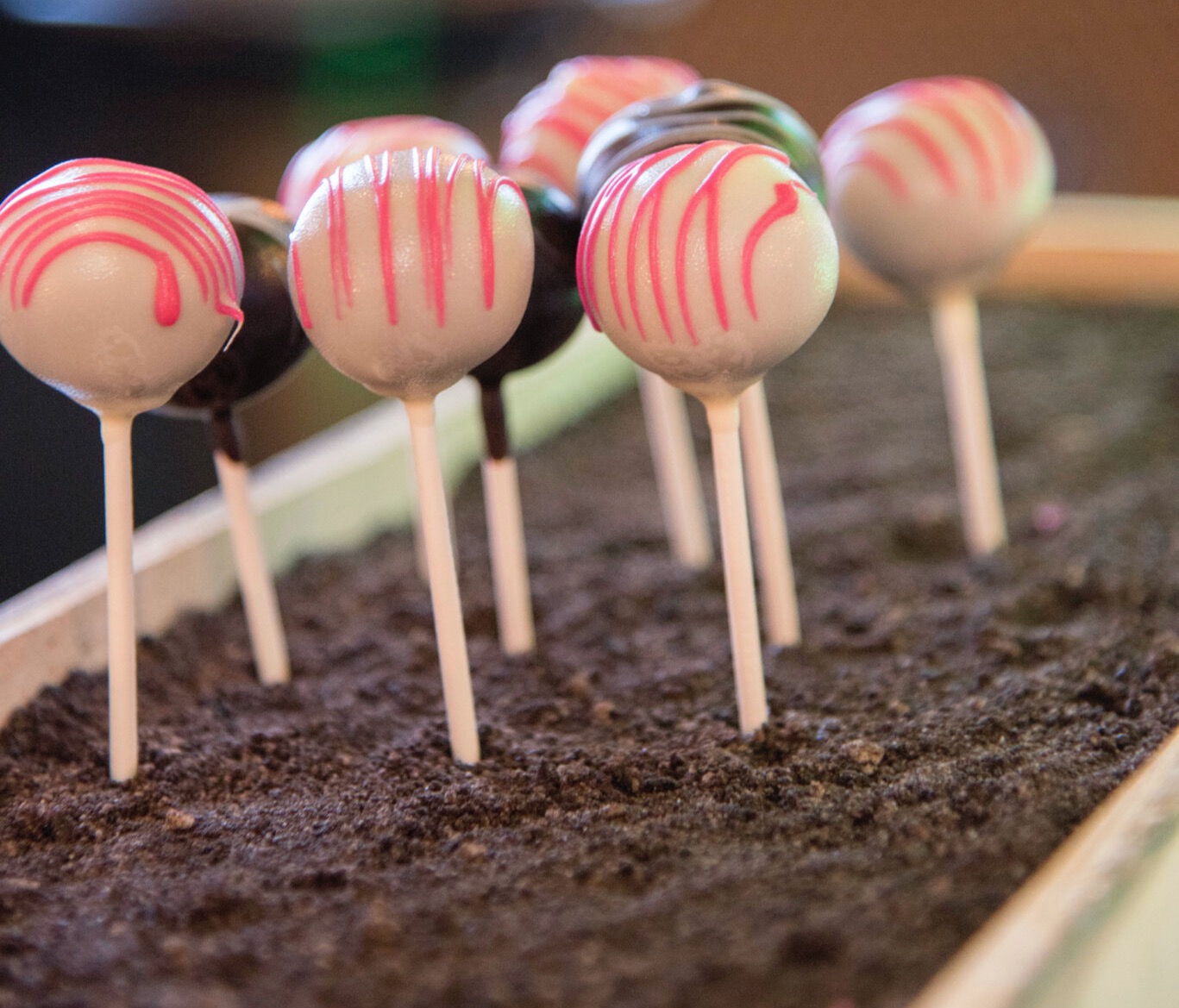
Hilton Chicago’s Signature Carrot Cake Pop Recipe
Ingredients:
3 eggs
2 cups sugar
3/4 cup buttermilk
1/4 cup vegetable oil
2 tsp vanilla extract
2 cups all-purpose flour
2 tsp cinnamon powder
2 tsp baking soda
1/2 tsp salt
2 cups shredded carrots
1 cup chopped pecans
3.5 oz. coconut flakes
8 oz crushed pineapple
Directions:
Baking Process:
1. Spray and paper a 10” cake pan.
2. Combine all of the dry ingredients (flour, cinnamon, baking soda, salt).
3. In a separate mixing bowl, combine the eggs, sugar, buttermilk, oil, and vanilla.
4. Add the dry ingredient mixture and mix until all of the ingredients are fully combined.
5. Next add the carrot, pecans, coconut, and pineapple mixing gently with a spatula.
6. Pour into the previously prepared cake pan.
7. Bake for 25 to 30 minutes at 350*F degrees.
8. Let it cool down.
Assembly Process:
1. Combine the soft butter in the mixing bowl until well combined and add the powder sugar and vanilla, and mix until you reach a creamy consistency.
2. You will need to melt your favorite type of chocolate.
3. Place the chilled carrot cake in a mixing bowl and break into little pieces. Add some of the cream cheese filling until you reach a scoop-able consistency. (Note: do not add too much filling because your dough can become too soupy to scoop).
4. Scoop the size that you desire to make your cake pop. Add stick and freeze for at least an hour.
5. Melt some of your favorite chocolate. Add some food coloring to make some fun color cake pops, if desired.
6. Once the cake pops are of hard consistency, dip in the melted chocolate and let them set for a few minutes.
— Maria Chambers
RELATED STORIES:
The Best Online Baking & Cooking Resources for Families
